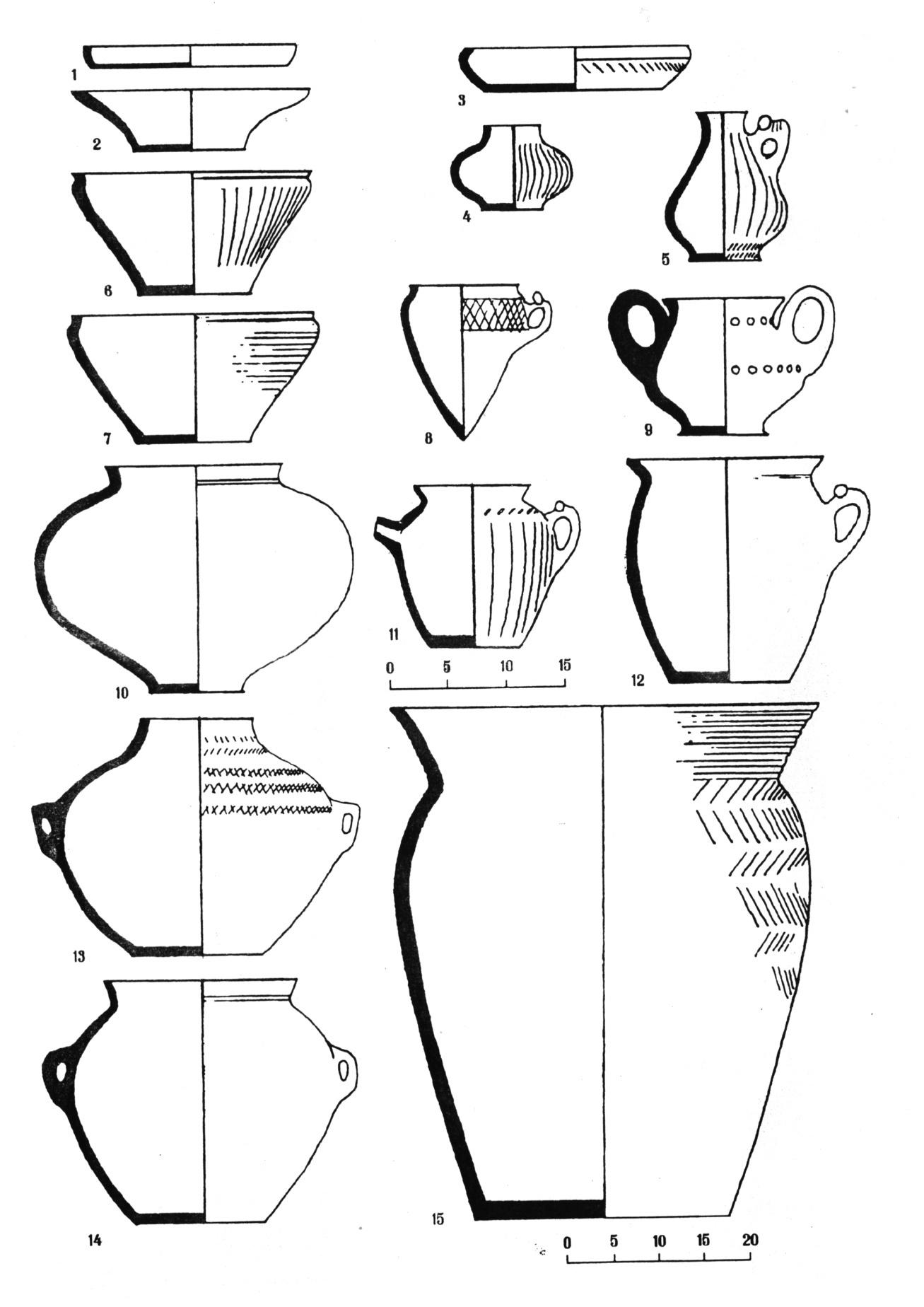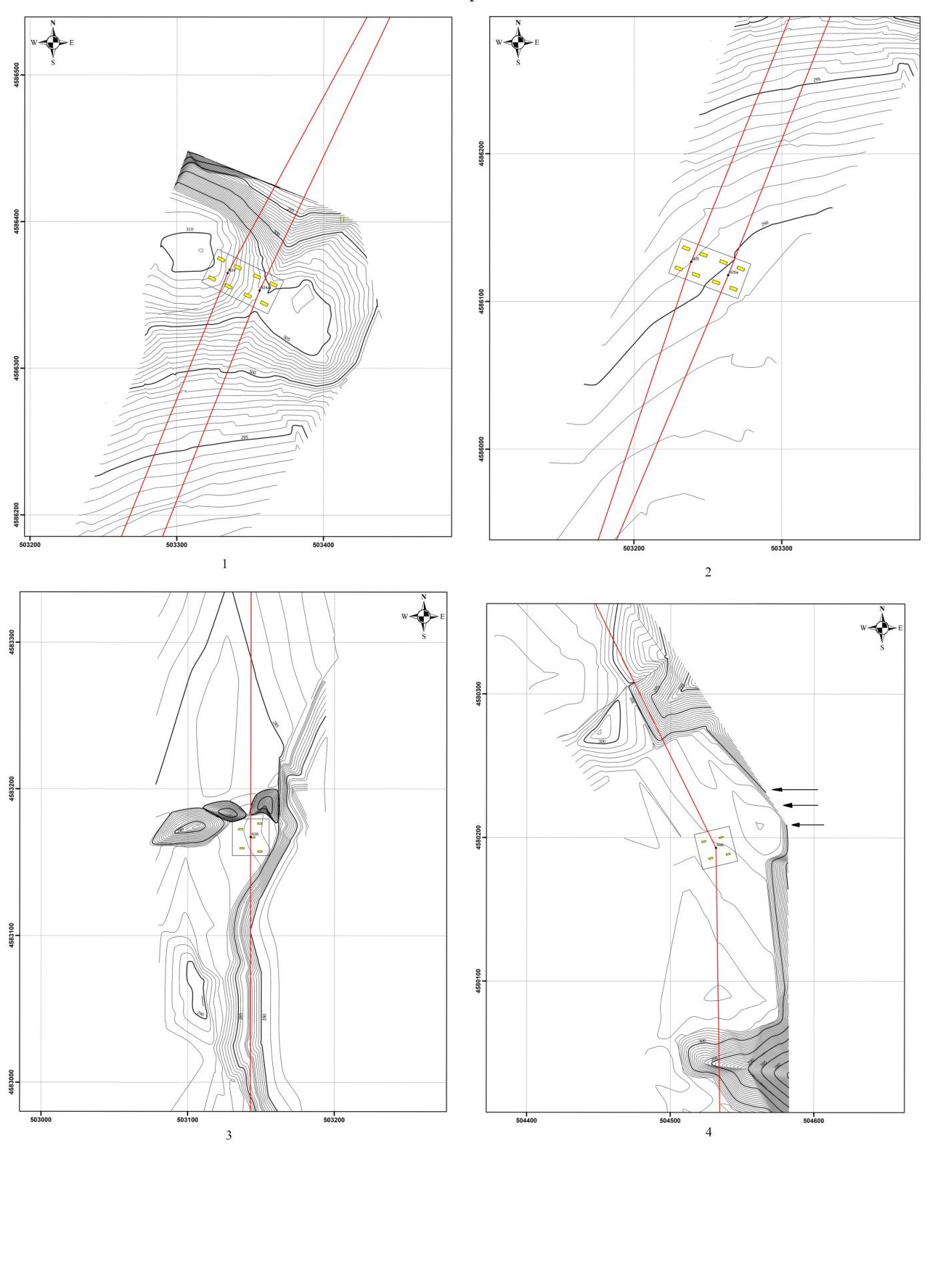Tufan Isaac oglu Akhundov The Archaeology and Ethnography Institute of the National Academy of Sciences of Azerbaijan (Azerbaijan, Baku) Ethnical Traditions of the Mugan steppe in the 5th – 3rd Millennia BC The Mugan steppe is an independent ecological niche, whose eastern part is located in the southeast of the Azerbaijan Republic and western part is located in an adjacent territory of the Republic of Iran. Studies carried out in the Eastern Mugan make it possible to trace the process of development and change of traditions within this territory, starting from the 5th millennium BC. We have no full information of Western Mugan sites; however, indirect data concerning the development of landscapes allow us to think it was inhabited a bit earlier than the Eastern one was. Generally speaking, the Mugan steppe is interesting for that it is located at the junction of the Southern Caucasus and the Middle Asia and has almost always been the most suitable section of interconnections at the line of their contact. Archaeological studies have revealed that the Eastern Mugan started being settled in the middle of the second half of the 5th millennium BC. They were the bearers of Late Neolithic ethnical tradition we call the Mugan Neolithic tradition. In the series of Southern Caucasus’s Neolithic traditions, the Mugan Neolithic tradition is the youngest one, primarily due to the change of geo-climatic processes of development of Southern Caucasian plains. In the eastern part of the Mugan plain, conditions favoring the development of Neolithic traditions occurred a bit later than that in the rest plains of the Southern Caucasus. That was a narrow ridge strip locked by not high spurs of the Bravar ridge in the west and the Caspian Sea in the east, and cleaved by a number of small rivers and dry banks going down from the mountains toward the sea. At present, there have been registered more than 20 remnants of Neolithic settlements in the Mugan (eastern) plain. Excavations were carried out at two of them (Alikomektepe and Polutepe), whereas one settlement – Fettepe – was explored by stratigraphic prospect hole. The rest sites were investigated only visually. The collected lifted material proves that they are wholly identical to materials obtained as a result of the excavations and indicates that they belong to a single archaeological tradition of the Mugan Neolithic. The remnants of settlements have been conserved in the form of tepe located most often at the edge of shore terraces or in the form of a shore cape. Their area oscillates from 0.25 hectares to 6 hectares per one tepe. In some cases, the remnants of settlements are situated on practically smooth portions of a plain, with no visible traces of water arteries. However, study of geomorphological processes in the Mugan plain indicates that, at a time when these settlements were in operation, near them there were passing water arteries, which are currently overlapped by later alluvial sediments that partially covered the lower part of the tepe as well. The thickness of Neolithic cultural sediments on the three excavated settlements oscillates from 4 meters (Alikomektepe) to 6 meters (Polutepe). At Alikomektepe, hilly remnants of a settlement located on the Right Southern Bank of River Indjachay, in the territory of settlement Uchtepe, were later used for the Middle Bronze, antic and medieval graves. The remains of a Neolithic settlement at Polutepe located 1 kilometer east of Alikomektepe, on the same Bank of River Indjachay, were later inhabited, for a short period
26


















